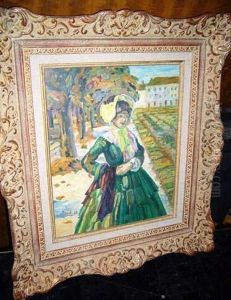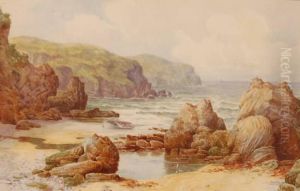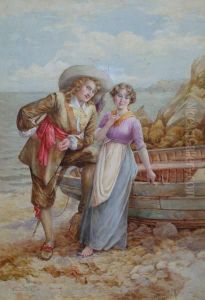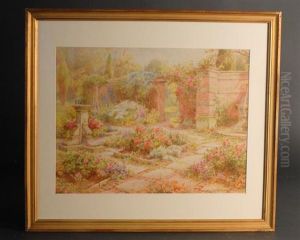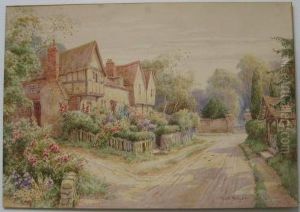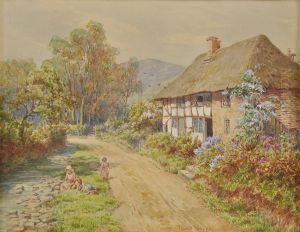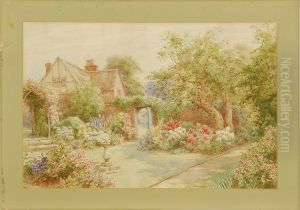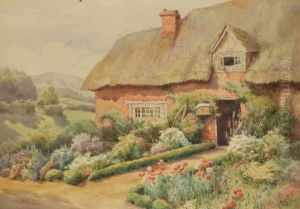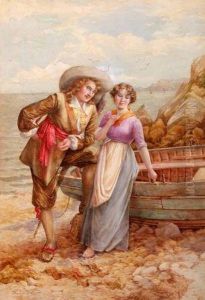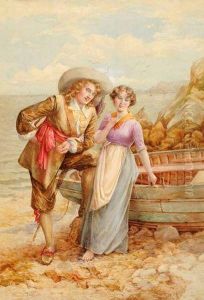Maud Hollyer Paintings
Maud Hollyer, born in 1867, was a British artist known for her portraiture and landscape paintings. Her full name was Maud Frances Eyston Sumner, but she is often recognized under her married name, Hollyer. Maud's artistic journey is less documented than some of her contemporaries, which is the case for many women artists of her time. However, she left behind a legacy through her work that provides insight into her artistic style and the subjects she favored.
Maud was married to fellow artist Frederick Hollyer, who was a renowned photographer and engraver, known especially for his photographic reproductions of paintings. This connection to the art world through her husband likely provided Maud with unique opportunities to engage with other artists and to be part of the vibrant artistic community of the late 19th and early 20th centuries.
Her work was characterized by a delicate handling of both oil and watercolor mediums. While Maud Hollyer’s works were not widely known during her lifetime outside of certain art circles, some of her pieces have been recognized posthumously. As with many women artists of her era, Maud Hollyer's contributions have been reassessed and appreciated more fully in recent years as art historians and scholars endeavor to bring to light the works of female artists who were under-recognized in their time.
Maud Hollyer passed away in 1942, leaving behind a modest but meaningful body of work. The rediscovery and preservation of her paintings have allowed for a greater understanding of the role women played in the development of art during the late 19th and early 20th centuries. Her paintings are now studied for their aesthetic qualities as well as for their representation of women's art during a period when female artists were often marginalized. Although there is limited biographical information about Maud Hollyer, her surviving works serve as a testament to her skill and dedication to her craft.
